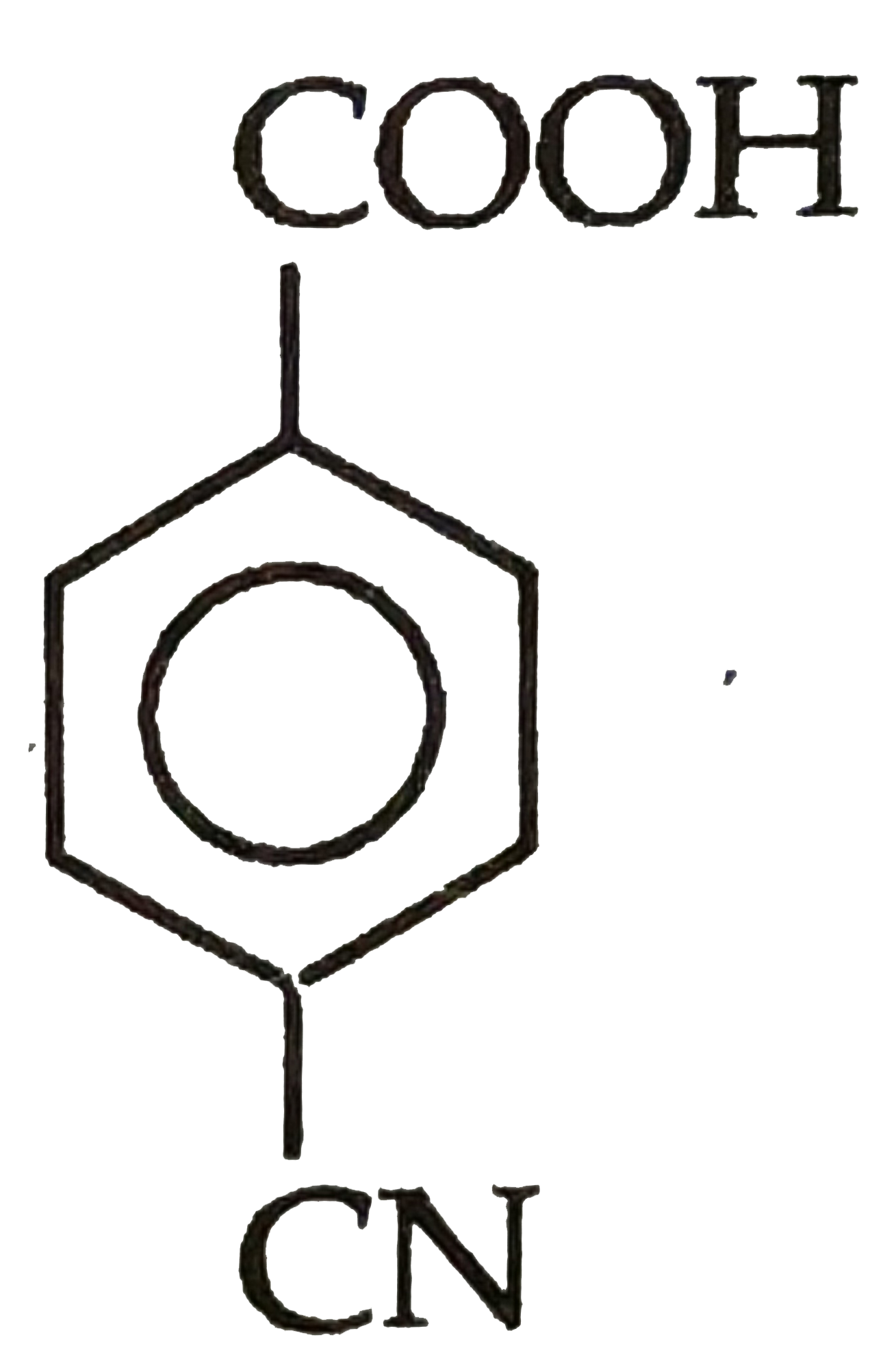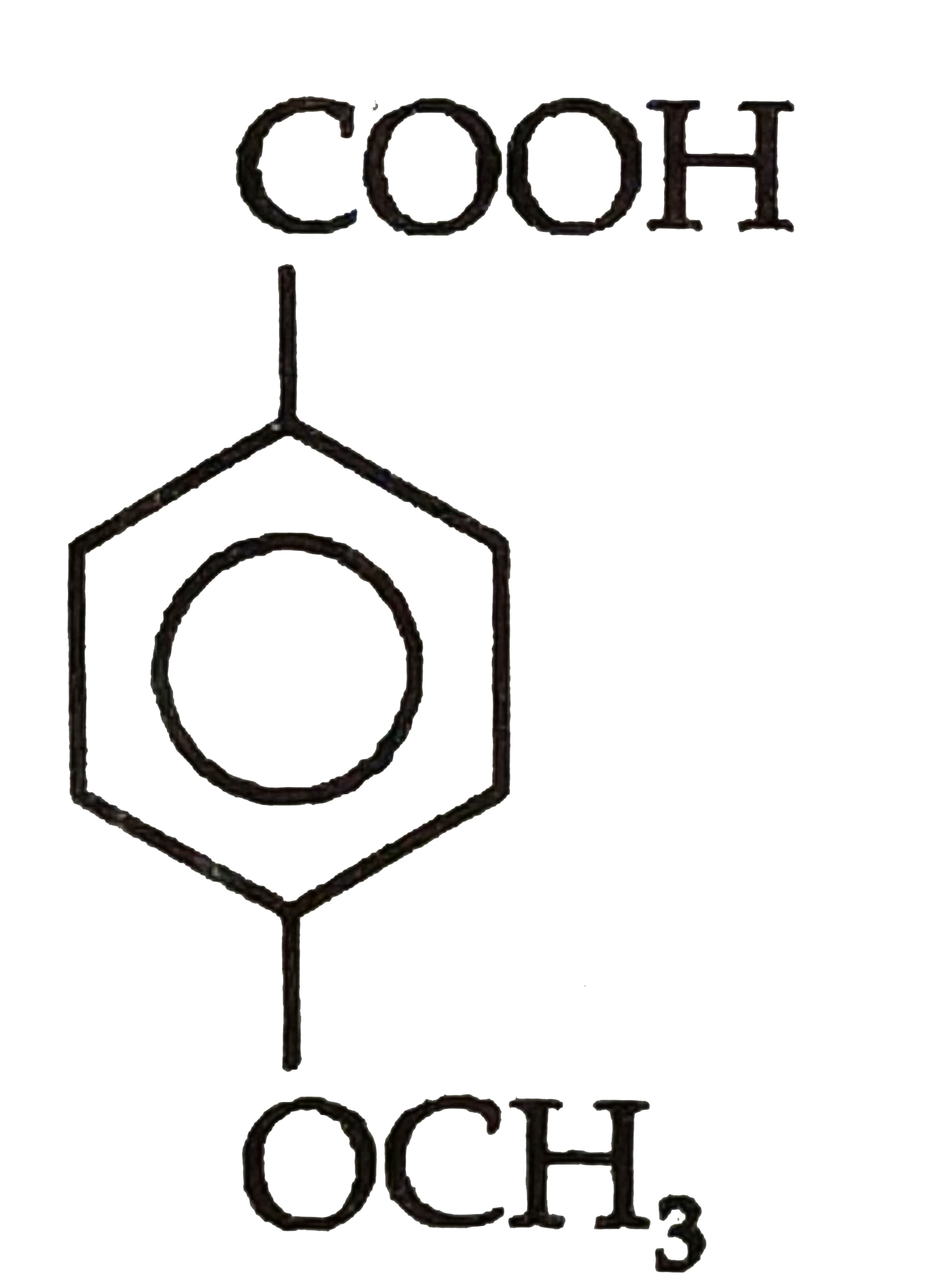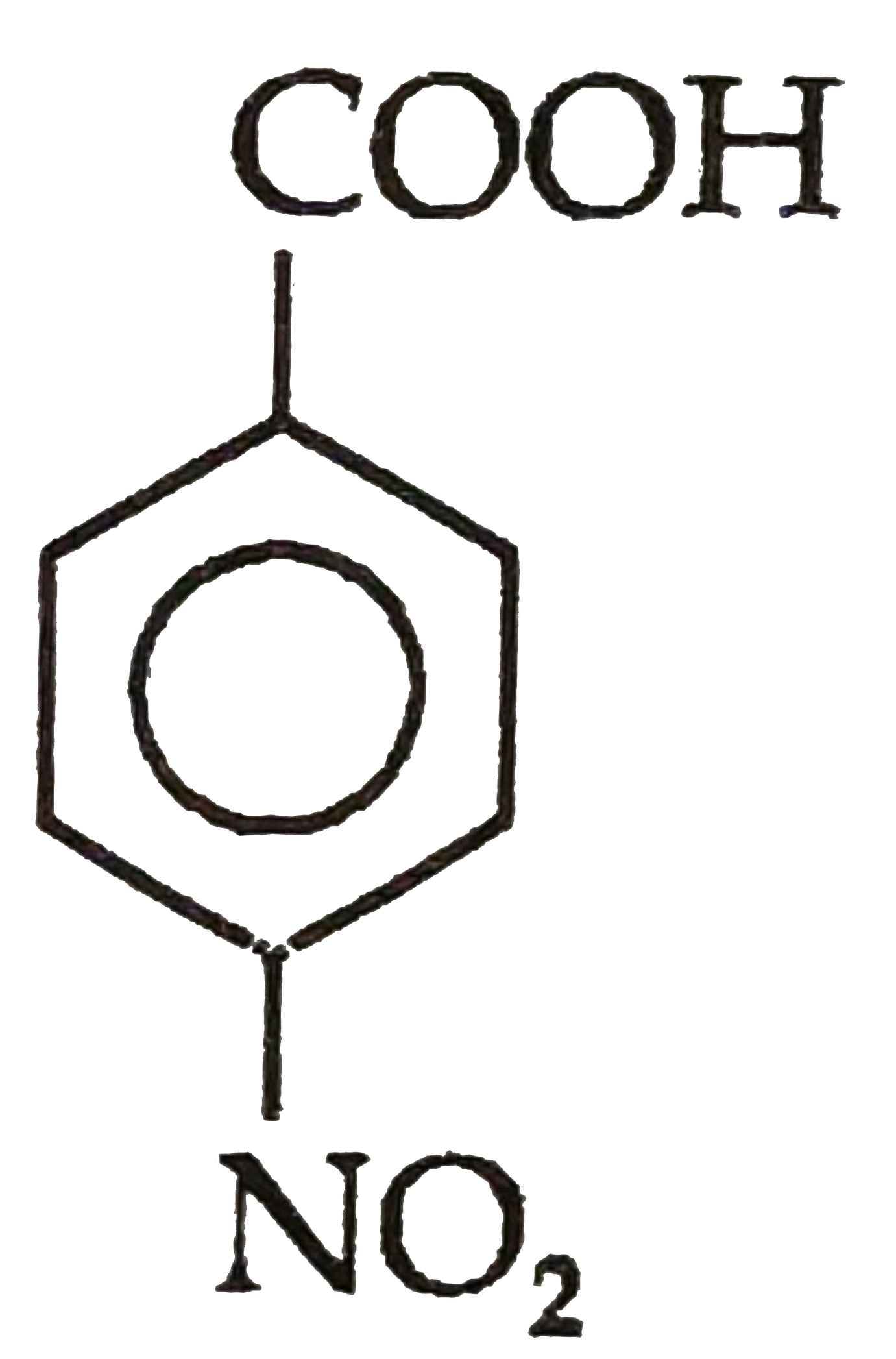Which among the following is the strongest acid ?
CH3CH2CH2CH3



To determine which among the given compounds is the strongest acid, we need to analyze the stability of the anions formed after the loss of a proton (H⁺). The more stable the anion, the stronger the acid. Let's break down the analysis step by step.
Step 1: Identify the Compounds
Let's assume we have the following compounds:
1. Toluene (C₇H₈)
2. A compound with a double bond (let's say cyclopentene)
3. A compound with a benzene ring (like phenol)
4. An alkane (like butane)
Step 2: Analyze Toluene
When toluene loses a proton, it forms a benzyl anion (C₇H₇⁻). This anion can participate in resonance with the aromatic ring, which stabilizes it. The resonance structures allow the negative charge to be delocalized over the aromatic system, making the anion relatively stable.
Hint: Look for resonance stabilization in the anion formed.
Step 3: Analyze the Double Bond Compound (Cyclopentene)
When cyclopentene loses a proton, it forms a cyclopentyl anion. This anion does not have significant resonance stabilization. In fact, if it were to form a cyclic structure, it could potentially lead to anti-aromaticity, which would destabilize the anion.
Hint: Consider the stability of cyclic structures and resonance.
Step 4: Analyze the Benzene Ring Compound (Phenol)
When phenol loses a proton, it forms a phenoxide ion (C₆H₅O⁻). This anion is highly stabilized by resonance, as the negative charge can be delocalized over the aromatic ring and the oxygen atom. This makes the phenoxide ion very stable.
Hint: Look for resonance and electronegativity of atoms in the anion.
Step 5: Analyze the Alkane (Butane)
When butane loses a proton, it forms a butyl anion (C₄H₉⁻). This anion is not stabilized by resonance and is relatively unstable due to the lack of electronegative atoms and resonance structures.
Hint: Remember that sp³ hybridized carbons have less electronegativity and do not stabilize negative charges well.
Step 6: Compare the Stability of Anions
Now we compare the stability of the anions formed:
- Benzyl anion (from toluene) - stabilized by resonance.
- Cyclopentyl anion - potentially destabilized by anti-aromaticity.
- Phenoxide ion (from phenol) - highly stabilized by resonance.
- Butyl anion - destabilized due to lack of resonance.
Conclusion
Among the analyzed compounds, the phenoxide ion is the most stable due to its resonance stabilization. Therefore, phenol is the strongest acid among the given options.
Final Answer: The strongest acid is phenol (option 3).
Let's assume we have the following compounds:
1. Toluene (C₇H₈)
2. A compound with a double bond (let's say cyclopentene)
3. A compound with a benzene ring (like phenol)
4. An alkane (like butane)
When toluene loses a proton, it forms a benzyl anion (C₇H₇⁻). This anion can participate in resonance with the aromatic ring, which stabilizes it. The resonance structures allow the negative charge to be delocalized over the aromatic system, making the anion relatively stable.
When cyclopentene loses a proton, it forms a cyclopentyl anion. This anion does not have significant resonance stabilization. In fact, if it were to form a cyclic structure, it could potentially lead to anti-aromaticity, which would destabilize the anion.
When phenol loses a proton, it forms a phenoxide ion (C₆H₅O⁻). This anion is highly stabilized by resonance, as the negative charge can be delocalized over the aromatic ring and the oxygen atom. This makes the phenoxide ion very stable.
When butane loses a proton, it forms a butyl anion (C₄H₉⁻). This anion is not stabilized by resonance and is relatively unstable due to the lack of electronegative atoms and resonance structures.
Now we compare the stability of the anions formed:
- Benzyl anion (from toluene) - stabilized by resonance.
- Cyclopentyl anion - potentially destabilized by anti-aromaticity.
- Phenoxide ion (from phenol) - highly stabilized by resonance.
- Butyl anion - destabilized due to lack of resonance.
Among the analyzed compounds, the phenoxide ion is the most stable due to its resonance stabilization. Therefore, phenol is the strongest acid among the given options.
Topper's Solved these Questions
- BOOK - JEE MAINS PREVIOUS YEARCHAPTER - JEE MAINS 2021EXERCISE - CHEMISTRY (SECTION-B)40videos
JEE MAINS 2021
- BOOK - JEE MAINS PREVIOUS YEARCHAPTER - JEE MAINS 2021EXERCISE - Chemistry Section A40videos
JEE MAINS 2021
- BOOK - JEE MAINS PREVIOUS YEARCHAPTER - JEE MAINS 2021EXERCISE - CHEMISTRY30videos
JEE MAINS 2021
- BOOK - JEE MAINS PREVIOUS YEARCHAPTER - JEE MAINS 2020EXERCISE - CHEMSITRY25videos
JEE MAINS 2020
- BOOK - JEE MAINS PREVIOUS YEARCHAPTER - JEE MAINS 2022EXERCISE - CHEMISTRY (SECTION-B)10videos
JEE MAINS 2022
Similar Questions
Knowledge Check
- Question 1 - Select One
Which among the following is the strongest base?
ABe(OH)2BMg(OH)2CBa(OH)2DSr(OH)2 - Question 2 - Select One
Which among the following is strongest acid ?
A B
B C
C D
D
- Question 3 - Select One
Which among the following is strongest acid ?
AH(ClO)O2BH(ClO)O3CH(ClO)ODH(ClO)

